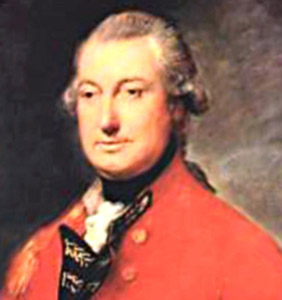As we all know (mentioned on previous posts) the colonists, now known as Americans, have been fighting for freedom. Though the question is: who’s freedom are they really fighting for. During this era the Declaration of Independence was very contradictory to the real life in America.
Why was it contradictory you may ask? Well first of all, aren’t people created equal? So why aren’t women and slave or simply African- Americans included? They are humans and should have the same rights as everyone else?
As you know women have contributed in so many ways especially during the Revolution. Women have helped cure the ill, make clothes, and in some cases fight in the war. The slaves have been doing most of the work in the plantations especially in the South. If it weren’t for the slaves then the plantations wouldn’t have prospered as much as it did.
Why did women only gain respect, but not any legal rights? Why were slaves re-enslaved and treated just as cruely? It’s no wonder why the loyalist called the Patriots hypocrites. I guess that I would also call them that. They were spreading the idea of freedom, but I apparently it seems like this freedom was for white males only. Some kind of freedom.
The bright side to this is that years later slavery was abolished and women now have rights (in some cases more rights then men).




